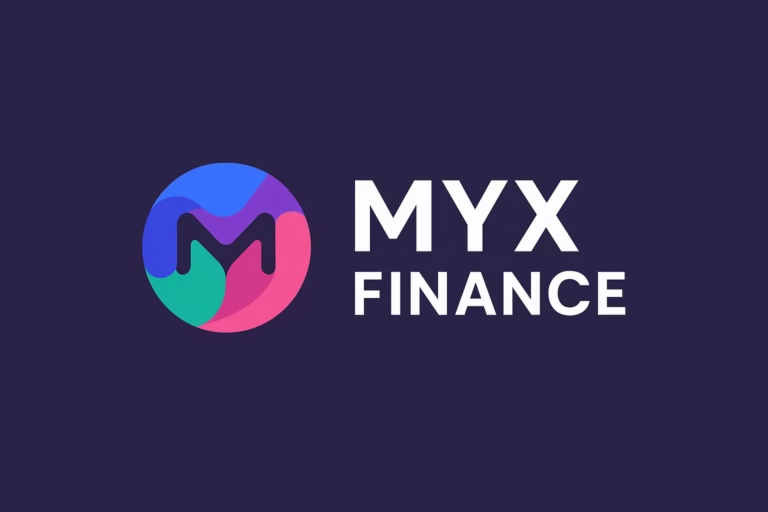
- Ripple is transforming cross-border payments by using blockchain to enable faster, cheaper global transfers.
- This innovation will help the market grow from $31.6 trillion in 2023 to $50 trillion by 2032.
The business-to-business (B2B) cross-border payments market is undergoing a massive transformation. Valued at $31.6 trillion in 2023, this figure is expected to surge to $50 trillion by 2032. The key drivers behind this leap are innovations in blockchain technology, particularly Ripple’s use of XRP and its new stablecoin, RLUSD, which aim to overhaul legacy payment systems.
Payment providers and fintech companies with global users face the same challenge: sending value across borders fast, at low cost, and at scale. https://t.co/OunljjKlDB
Our latest Cross-Border Payments Guide explores the nitty gritty of a payment flow, delving into what’s…
— Ripple (@Ripple) May 28, 2025
ALSO READ:Not Just Trading! 5 Proven Ways to Earn Passive Income with Crypto in 2025
Ripple Challenges Outdated Infrastructure and Modern Disruption
Traditional cross-border transactions still rely heavily on SWIFT and correspondent banking networks. These systems are burdened by slow settlement times, high fees, and limited transparency. A single payment might pass through five intermediaries, each one adding cost and delay. In a world where businesses depend on fast, reliable global payments—from a freelancer in Argentina to an e-commerce vendor in Spain—this is no longer sustainable.
Blockchain offers a compelling alternative. Ripple’s enterprise-grade solution connects financial institutions through a unified network that enables near-instant, low-cost transfers using XRP and RLUSD. It eliminates the need for multiple intermediaries, which not only reduces fees but also improves payment visibility and liquidity management.
A New Era of Real-Time Settlement
According to Ripple, their payment technology now supports over 90% of global currency corridors. This enables financial institutions, fintech firms, and crypto companies to move money across borders with unprecedented efficiency. Ripple’s approach is particularly attractive for industries like global payroll, international trade, and e-commerce—areas where payment speed and clarity are crucial.
Statista data shows that global e-commerce is expected to reach $6 trillion in 2024, much of which involves international transactions. Ripple’s scalable model gives businesses a way to onboard once and connect to a wide-reaching network that handles both fiat and digital currencies.
Overcoming Challenges to Unlock Global Growth
Despite the advantages, the road to full blockchain adoption isn’t without hurdles. High transaction fees, regulatory compliance, and the declining presence of correspondent banks in emerging markets present real challenges. Yet, Ripple’s solutions help businesses scale into new markets and streamline global operations more effectively.
As the race to modernize cross-border payments heats up, Ripple stands at the forefront of a $50 trillion shift—one where digital assets, not outdated rails, define the future of global finance.
MIGHT ALSO LIKE:Toncoin (TON) Builds Strong Support at $3.24 as Bulls Hold the Line
DISCLAIMER:
The views and opinions expressed herein are solely those of the author and do not necessarily reflect the views of the publisher. The publisher does not endorse or guarantee the accuracy of any information presented in this article. Readers are encouraged to conduct further research and consult additional sources before making any decisions based on the content provided.




